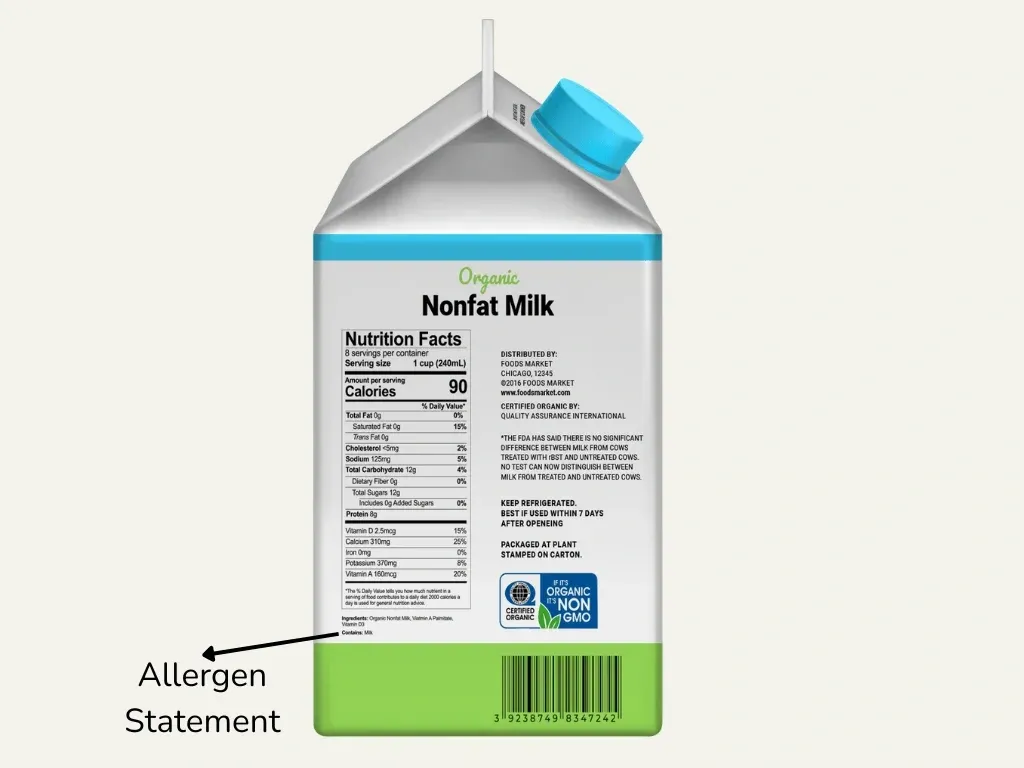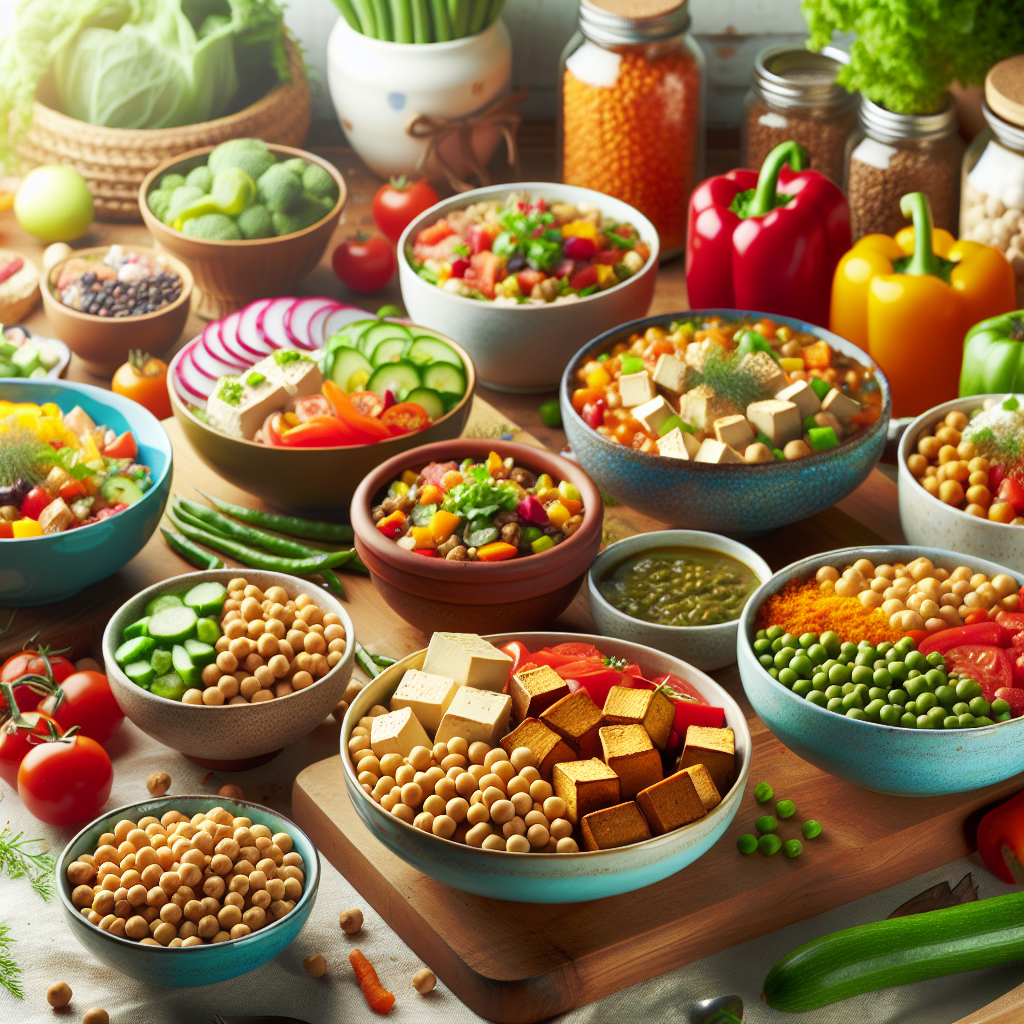Scan your food for allergens with smart tech! Stay safe and confident with 2025’s top food safety trends and allergy-aware shopping tips.
How to Spot Hidden Food Allergens: A Life-Saving Label Guide
How to Spot Hidden Food Allergens: A Life-Saving Label Guide Did you know that just eight common food allergens cause 90% of food allergies and serious allergic reactions in the U.S.? These everyday ingredients can trigger reactions within minutes – from mild hives to life-threatening anaphylaxis. Reading labels becomes a vital safety practice if you have food allergies. The FDA requires clear labeling of the “Big 9” major food allergens: milk, eggs, fish, crustacean shellfish, tree nuts, peanuts, wheat, soybeans, and sesame (added recently). Yet concerns remain. Scientists have identified more than 160 foods that can trigger allergic reactions in sensitive people. Many products contain hidden allergens that aren’t obvious on the packaging. The FDA’s data shows that undeclared allergens caused about one-third of reported serious health risks, with milk leading food recalls. The risk extends beyond food labels. Products not regulated by the FDA, such as cosmetics and personal care items, can contain allergens too. This makes watchfulness essential. Apps like Yuka and Food Scan Genius help identify potential allergens faster. This detailed piece shows you how to spot hidden food allergens, understand confusing label terms, and keep yourself and your loved ones safe from dangerous allergic reactions. Why Reading Food Labels Can Save Your Life More than 15 million Americans with food allergies know that reading labels isn’t just helpful—it could save their lives [1]. Your body’s encounter with an allergen can trigger reactions ranging from uncomfortable to deadly within minutes. Why Reading Food Labels Can Save Your Life A quick check of ingredients before eating could mean the difference between safety and rushing to the emergency room. April Clark, a registered dietitian at the Food Allergy Center, emphasizes that “reading and understanding food labels is one of the most important things parents of children with food allergies can do” [1]. How food allergens trigger reactions Your immune system mistakenly flags specific food proteins as harmful during an allergic reaction. Your body creates immunoglobulin E (IgE) antibodies that recognize that specific allergen [2]. Even a tiny amount of that food triggers these antibodies to alert your immune system, which releases histamine and other chemicals into your bloodstream [2]. These chemicals cause allergic reaction symptoms. Your body might react in several ways: Skin reactions: Hives, flushed skin, or rash [3] Digestive issues: Vomiting, diarrhea, and abdominal cramps [3] Respiratory problems: Coughing, wheezing, or difficulty breathing [3] Cardiovascular symptoms: Dizziness, weak pulse, or loss of consciousness [4] Anaphylaxis poses the biggest threat—a severe reaction that can stop breathing and shock your body [4]. Most symptoms show up within two hours of eating, often just minutes after [4]. Scientists haven’t found a cure for food allergies yet [3]. Your best defense lies in avoiding trigger foods completely, which makes reading labels crucial. The rise of hidden allergens in packaged foods Hidden allergens sneak up in unexpected places. Experts warn that these ingredients might “be listed under a different name that you might not be expecting” [5]. To name just one example, “natural flavoring” or “spices” sometimes hide allergens without naming them specifically. Manufacturing practices create extra risks. Food ingredients follow commodity pricing, and manufacturers often use different recipes for the same product [1]. Companies sometimes swap expensive ingredients for cheaper alternatives—which could contain allergens [1]. Changes happen without warning. “Allergens in prepared foods can change over time. Manufacturers may change the ingredients or production methods of their products without notifying consumers,” says Dr. Daines [5]. Experts suggest reading labels every time—even for products you trust. Product sizes bring unexpected dangers. Clark warns parents about checking labels for each size: “‘Fun-sized’ candy and snacks often have different ingredients, which could expose your child to an unexpected allergen” [1]. Cross-contamination adds another layer of risk. Foods without listed allergens might still be dangerous if they’re made in facilities that handle allergenic ingredients [1]. Companies choose whether to include warnings like “may contain” or “processed in a facility that also processes”—these statements remain optional [6]. No rules control these warnings—neither their inclusion nor their wording [7]. Allergens beyond the main nine (milk, eggs, fish, crustacean shellfish, tree nuts, peanuts, wheat, soybeans, and sesame) might lurk unlisted in spices or flavorings [7]. Technology helps tackle these challenges. Apps like Yuka and Food Scan Genius help spot potential allergens in packaged foods quickly. These tools scan barcodes and highlight concerning ingredients, adding extra safety beyond manual checks. People with severe allergies need more than digital tools. Clark recommends asking manufacturers directly about their cross-contamination prevention measures. “If manufacturers have processes in place to prevent cross contamination, they are usually happy to share those processes with you” [1]. Understanding the Big 9 Allergens Image Source: Association for Child Development The FDA has identified specific foods that commonly trigger allergic reactions. More than 160 foods can cause these reactions, but nine foods are responsible for most serious cases in the United States [8]. You need to understand these major allergens if you have food sensitivities or care for someone with allergies. What are the major food allergens identified by the FDA? The FDA now recognizes nine major food allergens: milk, eggs, fish, crustacean shellfish, tree nuts, peanuts, wheat, soybeans, and sesame [9]. These foods cause about 90% of food allergic reactions in America [10]. This “major food allergen” label carries legal weight. Federal regulations require manufacturers to clearly label these ingredients on food packaging [3]. Labels must show the allergen in parentheses after the ingredient name (like “lecithin (soy)”) or list it in a separate “Contains” statement right after the ingredients [3]. Apps like Yuka or Food Scan Genius help people spot these major allergens while shopping. These digital tools scan product barcodes and alert you about allergens, adding an extra safety layer beyond reading labels manually. Differences between Big 8 and Big 9 allergens The official list had only eight major allergens from 2004 to 2021, known as the “Big 8” [11]. The Food Allergen Labeling and Consumer Protection Act of 2004 (FALCPA) first required manufacturers
‘I Tried TikTok’s Viral High-Protein Vegan Meals’ – Plant Based News
Discover if TikTok’s viral high-protein vegan meals are worth the hype! See our taste test and recipe reviews for delicious, plant-based protein ideas.







